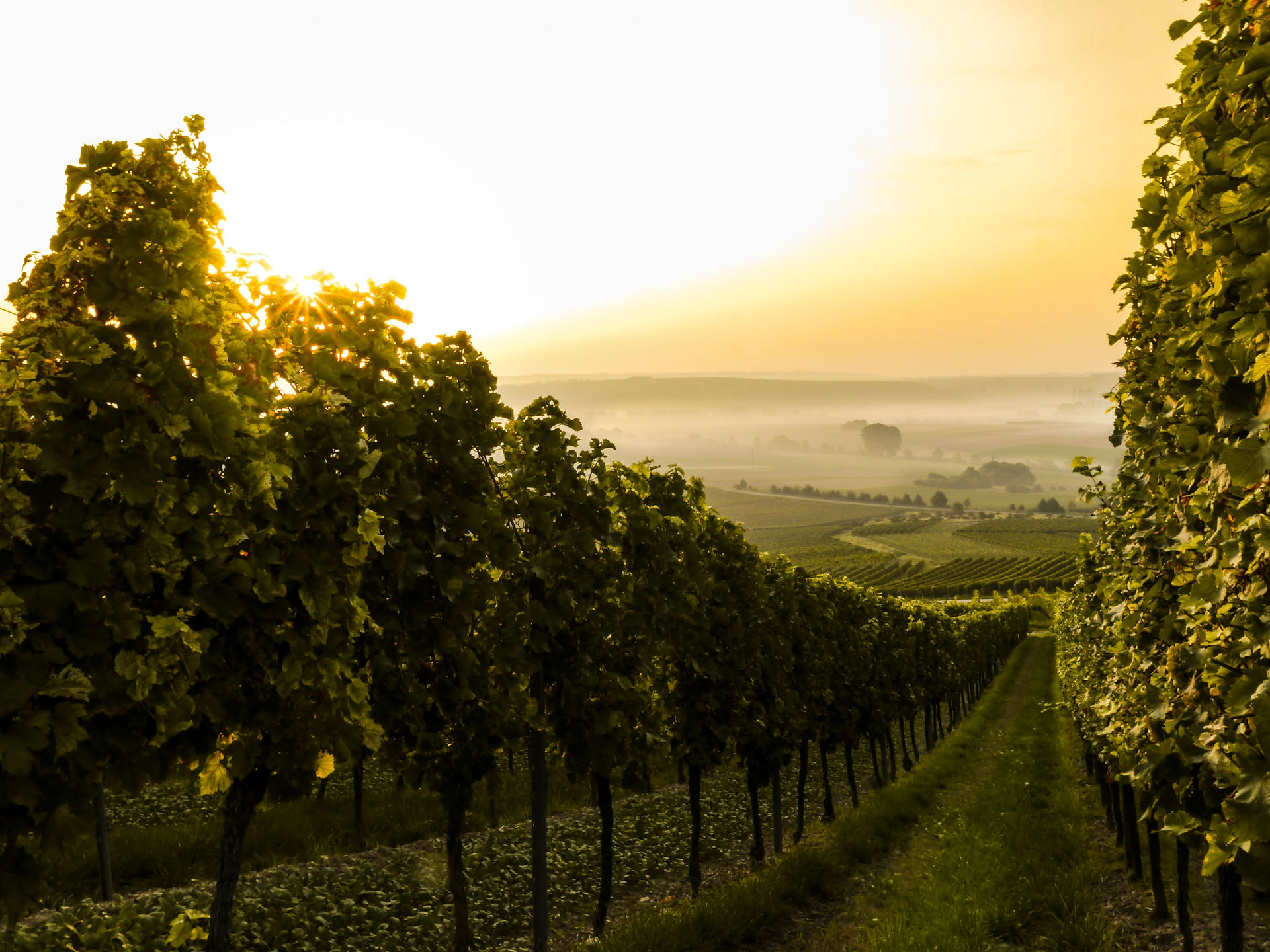Find Great Wines With These Simple Tips
- Deanna Lowe

- Jan 13, 2022
- 4 min read
Updated: Nov 14, 2023
3 things to consider when looking for a great wine - Food, Country, Price.
Read my Pro Tips to make your search for great wines easier

Happy New Year! As I assume many of you have made your 2022 resolutions already, I hope you’ve opted out of dry January and opted-in to learning more about wine this year – because I sure have and am excited to share my new learnings with you. I know last year I’ve been MIA for a large part of the year, being busy with my full-time job and feeling a lack of inspiration to write blogs. All in all, I’ve decided to make a big comeback to blogging this year by continuing to be curious about wine so it keeps being a hobby rather than an obligation, and striving to close the knowledge gap in wine. Now let’s get to it.
One question I get asked a lot is “what are the best wines to buy?”. This is a really loaded question with a billion answers to it. The short answer is that it really depends on your PERSONAL PREFERENCE. Everyone’s taste preferences vary and you really don’t know if you bought a good wine till you try it. That’s why there are so many varieties of wine, which makes wine shopping really tough!! Not just that, wine labels don’t make the shopping experience any easier because the only points of differentiation are the branding and a couple of tasting notes. But not to worry, I got you. I’ve got a couple of pro tips here to make your wine search a bit easier.
The search can be tough but done correctly and you may find something unexpectedly special (Perhaps even your new favourite).
Tip #1: Pick your Food First
There are more than 10,000 wine grape varieties in the world! One of the easiest ways to narrow down your selection of wines is to plan your meal first. A sommelier once told me “food influences the taste of wine more than wine does to food, so choose a wine to go with the food, not the other way around.” In essence, if the pairing doesn’t work out, you picked the wrong wine, not food. While you’re brainstorming the food you’ll enjoy, I’ve got simple guidelines you can follow to help you pick the perfect pairing. (Plus, if you're looking for a wine and food pairing guide for this holidays, check this blog out.)
Tip #2: Country of Origin Is More Important
Now that we’ve narrowed down the types of wine you’ll look for, let’s get into countries. Wines are categorized by countries in liquor stores, so it’s important to be familiar with this. As well, the regions where wine grapes are grown dictate the terroir, which makes things a bit more complicated. For example, a Merlot produced in the Okanagan with a dry, humid climate and slopes would have a different flavour profile than a Merlot produced in Bordeaux with a wet, cool climate and flatter terrain. As well, designated appellations for regions determine the rules surrounding how the wine is produced in that area. Once you get more familiar with regions that wine is grown in then this part gets fun. For those of you that aren’t familiar with wine regions, the easiest way to go about this is to select the country that is most recognized for producing those varieties. Here’s a quick chart to make it easier.
Tip #3: You Get What You Pay For (But No Need to Overspend)
You’ve gotten to this point where there are around 10 or less wine brands to choose from, hopefully. At this point, likely you’ll look at 2 things to make your decision – the label and price. Like I mentioned before, wine labels don’t tell you much except showing the winery, wine varietal, alcohol level, designation, and a couple of tasting notes. If you compare wines based on labels, you’ll be basically evaluating marketing. So I feel in this situation, the price can become the determining factor. Many people have asked me “is the expensive wine better than cheaper wine?”. Like anything, price is relative and you get what you pay for. An $80 bottle would probably mean that the wine has a more complex profile, has been aged longer, and have designations (meaning that the wine has followed certain rules and standards). Winemakers wouldn't put as much effort to make a $20 table wine of course, but it still can be very enjoyable and wine is difficult to make well nonetheless. A good rule of thumb - if you’re buying wine for avid wine drinkers, get a more expensive bottle to impress and inexpensive table wines for wine novices. For yourself, the choice is yours. All in all, it’s good to have a budget in mind. There’ll always be great wines you can find at suitable price ranges.

Extra Tip #1: Wine Apps To Help At Your Fingertips
While you’re on the hunt, there’s a lot of apps you can use to help you make your decision. The Vivino app allows users to view characteristics, flavour profiles, food pairings, and reviews on a wide library of wines. If you’re looking particularly for local BC wines, check out the Wines of BC Explorer app, where you can check out every wine made in BC and get personalized recommendations on local wines.
Extra Tip #2: Grow Your Wine Knowledge
Knowledge is power, as you may have heard before. With any subject, the more you know, the more informed decisions you can make about your purchases. If you're interested in learning specific topics, head to my blog posts and search for your area of interest. As well, to get wine knowledge directly sent to your inbox, join the Wineisseur mailing list. Start your wine journey today!






Comments